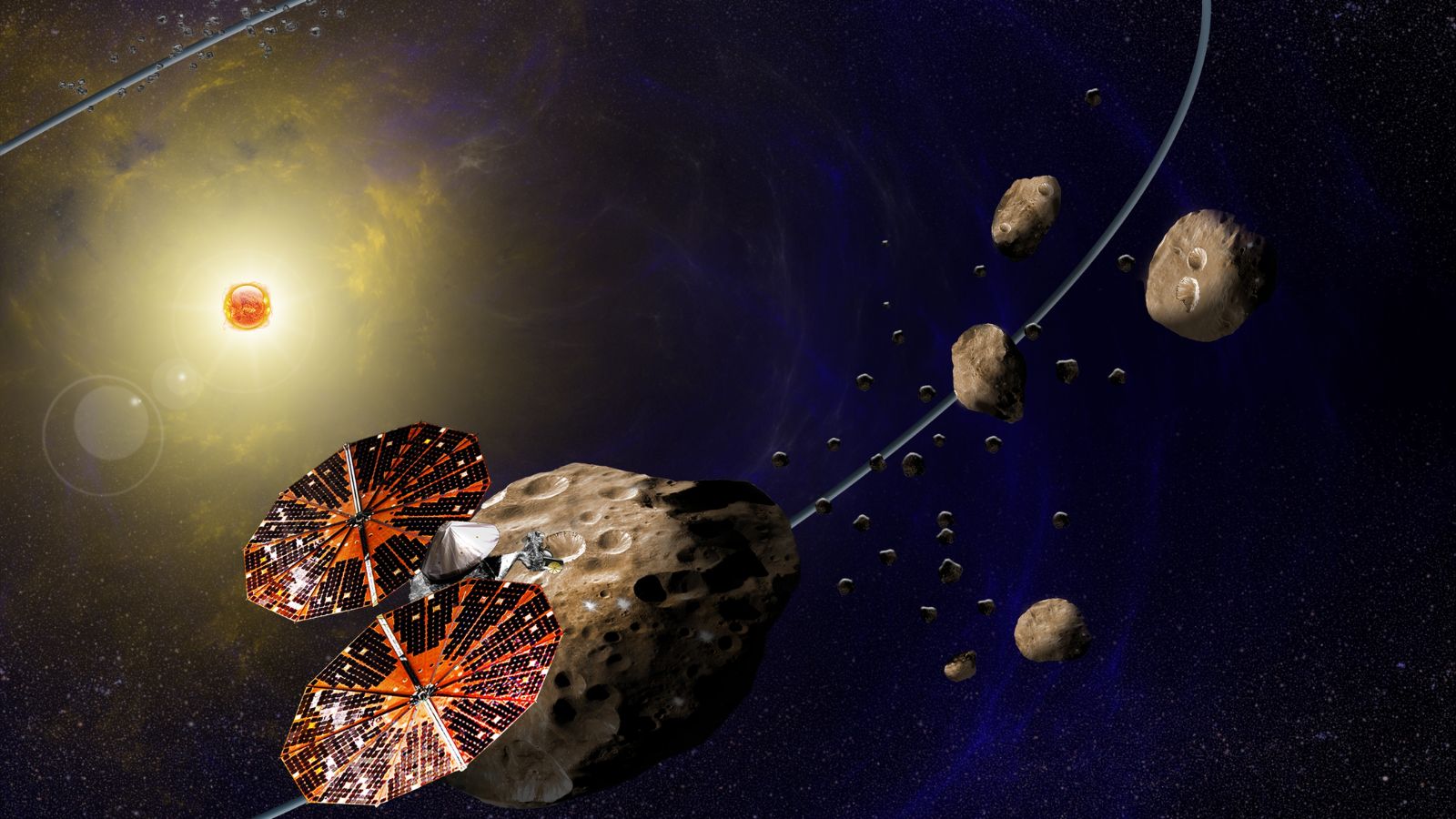
On Wednesday, NASA’s Lucy probe was due to sail near its first asteroid. However, the spacecraft discovered that the main belt asteroid Dinkinesh is actually two asteroids bonded together as a binary pair; hence the mission passed past its first two asteroids. The Lucy mission was launched by NASA on October 16, 2021, with the primary goal of observing Jupiter and Trojan asteroids over its six-billion-kilometer journey. The Trojans are a collection of tiny planets that orbit the Sun in two “swarms” along Jupiter’s orbit. One swarm leads Jupiter in its orbit, while another follows close behind.
Lucy’s instruments were tracking how the brightness of the asteroid Dinkinesh changed over time
Dinkinesh translates to “marvellous” in Amharic. According to Hal Levison, the Lucy mission’s lead investigator, the asteroid has lived up to its name. “When Lucy was first chosen for flight, we intended to fly by seven asteroids.” “With the addition of Dinkinesh, two Trojan moons, and now this satellite, we’ve turned it up to 11,” Levison said in a NASA press release announcing the discovery on Thursday.
However, the discovery of the binary pair was not entirely unexpected. Lucy’s instruments were tracking how the brightness of the asteroid changed over time. In the weeks preceding the encounter, Lucy’s team members wondered if Dinkinesh was a binary system. Based on early examination of the first photos, they estimate that the bigger body is approximately 790 metres broad at its widest point, while the smaller body is approximately 220 metres in size. Despite the fascinating discovery, Lucy’s visit with Dinkinesh was primarily meant as an in-flight test of the spacecraft. A test of the equipment that will allow Lucy to follow an asteroid as it swings by at thousands of kilometres per hour.






